Paul and Luke, are two English photographers living in New Zealand who came together in 2014 to make wet plate collodion portraits.
Paul Alsop is a self taught photographer and a medical doctor. Initially working with digital photography, he regressed to teach himself film photography and printing, now he exclusively makes portraits with the wet plate collodion process. Paul has built his own large format camera and converted a vintage caravan into a mobile darkroom.
Luke White holds a first-class honours degree in photography and has worked as a commercial photographer in England and New Zealand. He is passionate about photographic and film making technologies new and old. Over the past few years he has written extensively about photographic technique and practices for magazines. Luke went on to found a photography agency , based in Auckland New Zealand. In August 2015, Paul and Luke worked together for a second time, outside of their day jobs to create ‘The Auckland Project‘. They initially worked together in 2014 on a ‘feasibility’ shoot to ascertain whether it was possible to shoot well lit portraits with the Victorian photography process Wet Plate Collodion.
Wet Plate Collodion is a historic photographic process that was pioneered and used in the In the mid to late 1800’s by an English photographer called Frederick Scott Archer. It is the third oldest form of photography, preceded only by the Talbotype and the Daguerreotype which were invented only twenty years earlier. The process is ‘wet’, made with an explosive chemical called collodion, which is a mix of gun cotton, alcohol and ether, the mixture is made light sensitive when it is immersed in a bath of liquid silver. In 2014, Paul contacted Luke (who was working as a photography studio manager at that time) to see if it would be possible to adopt a contemporary approach and use of modern lighting, up until this point, Paul had been making portraits with natural daylight. The process is very light insensitive, having an ISO of approx 0.5 to 2, which meant he was making portraits in harsh ugly light with exposure times of 2-5 seconds, or open shade and exposure times of 10 seconds plus. The output is a physical image made on a piece of glass or metal, Ambrotype and Tintype respectively.
Paul was becoming increasingly frustrated with flat lit and blurry portraits, which, due to light sensitivity issues, are in abundance with the older processes for portraiture. White was in agreement with Alsop, and states ” While wet plate photography is enjoying somewhat of a resurgence, I have not seen many examples of photographers crafting light to make interesting portraits. I love the look of tintypes but not the blur which usually results from the requisite long exposures. I’m a huge fan of the beautifully crafted lighting of the portrait masters such as Karsh, Platon and Dan Winters”. Working as the manager of Kingsize Studios ,Luke was able to access thousands of ‘watt-seconds’ of strobe power and he suggested a collaboration to find a solution to the lighting issue. After some experimenting, they realised that around 12,000Ws of flash lighting was enough to make an exposure through modifiers.
Initial testing was successful with insane amount of strobe light fired through various light modifiers (see Paul and Lukes profile portraits for the first successful tests). They went on to work with each other again on another two occasions, and have an open, ongoing body of work called ‘The Auckland Project‘ . The ongoing collaboration is a portrait series of New Zealanders, artists, actors, models, musicians and photographers to name just a few, photographed with the wet plate process, making both tintypes and ambrotypes, stripping the portraits back to simply silver and light, for each sitter, they have time to make only 1 or 2 images, so they need to get it right first time.
Their workflow is effortless, both having an active role in the making of a single image. Luke is in charge of sitter logistics and light plans and Paul worked between the darkroom and his large format camera to prepare chemicals and operate the shutter. Once light is metered and the subject pose worked out, Paul prepares a single 4 inch by 5 inch wet plate. The subject is engaged and involved in the process, being shown through step by step, taking in the smells and the sights of the modern day darkroom. The plate is sensitised in the silver bath and the sitter is asked to adopt their final pose under the modelling lights of the strobes. Using a Toyo-view monorail large format 4×5 camera, Paul makes the fine focus and the subject is asked to stay ‘statue still’ (sometimes the plane of focus can be a slice of focus only on the eyeball). In a co-ordinated effort, Paul operates the camera shutter and Luke remote pops the strobes to punch out an image on the wet silver plate. The sitter is taken to the darkroom to watch their image appear on the glass or metal before their eyes, knowing that the archival nature of the process means they will be immortilised in silver for many hundred of years to come. Old. Skool. Cool. [Official Website]


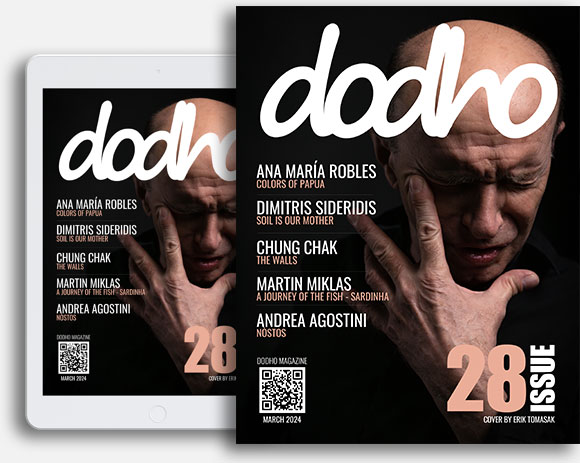
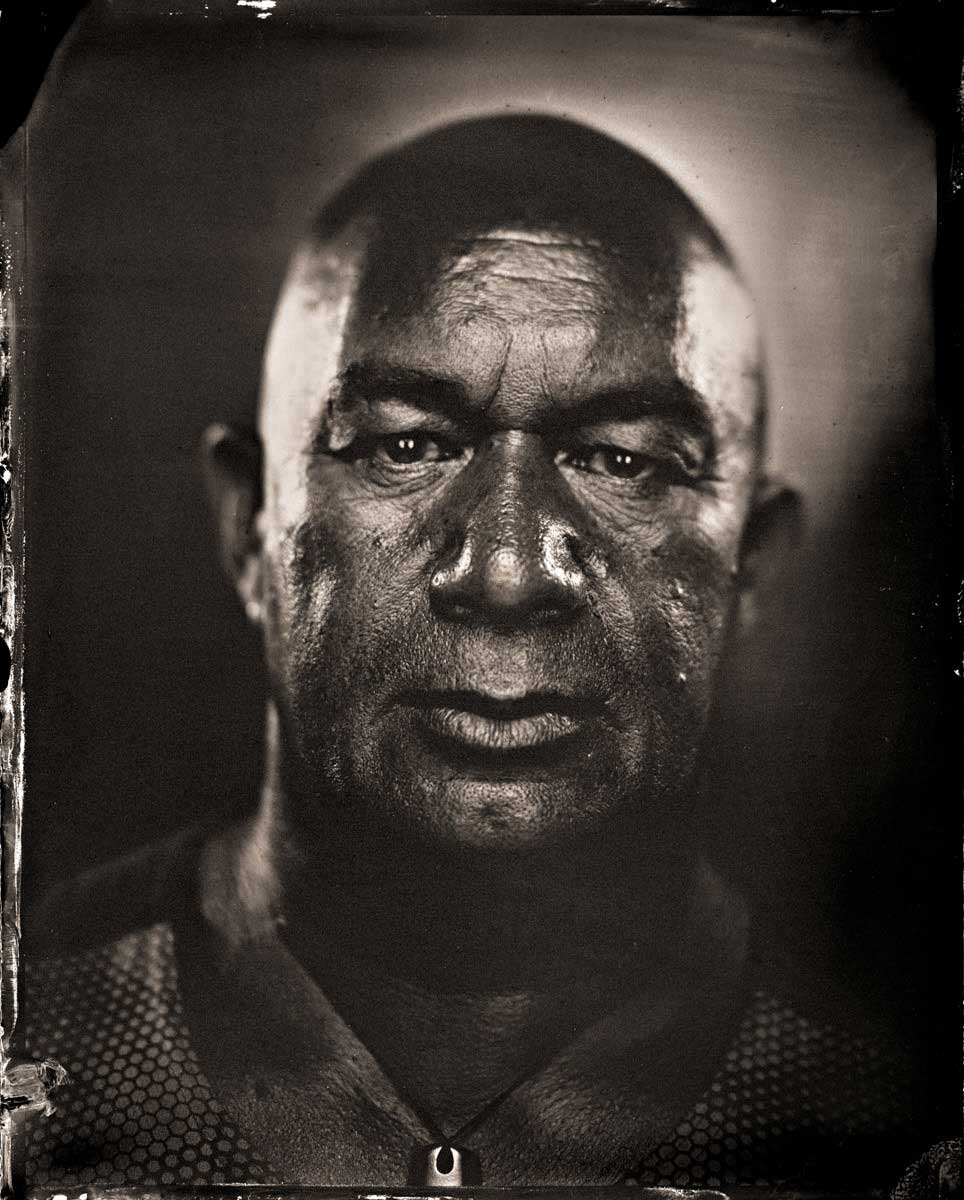
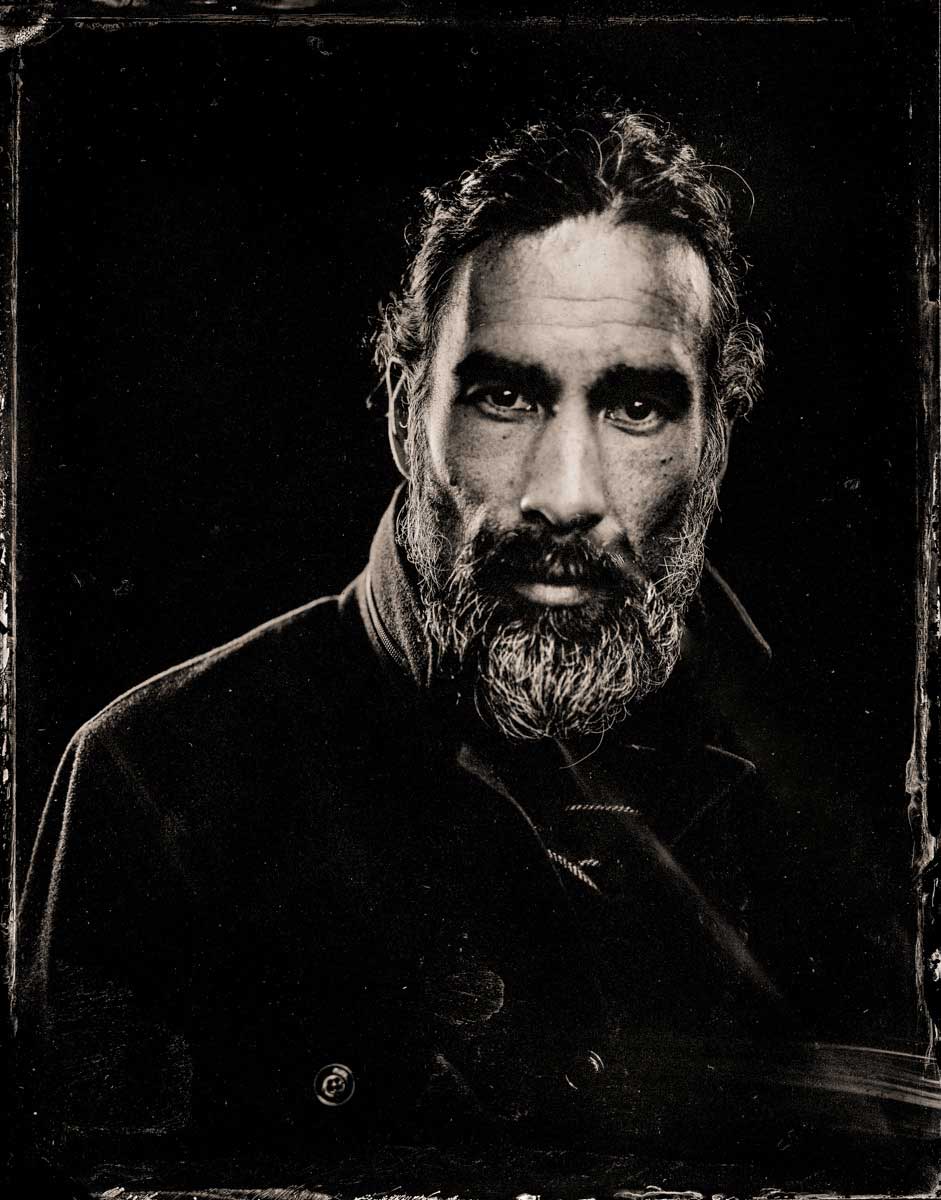
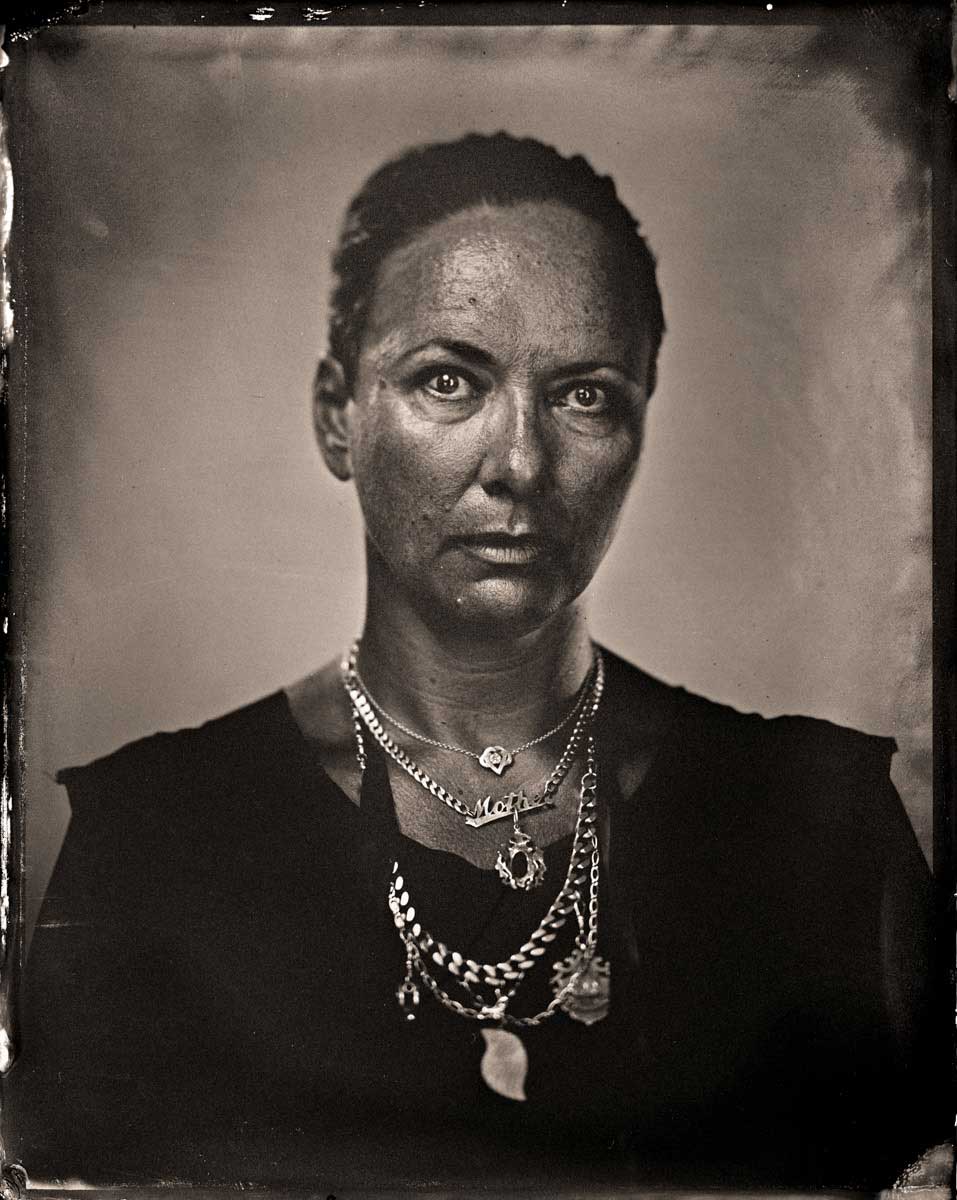
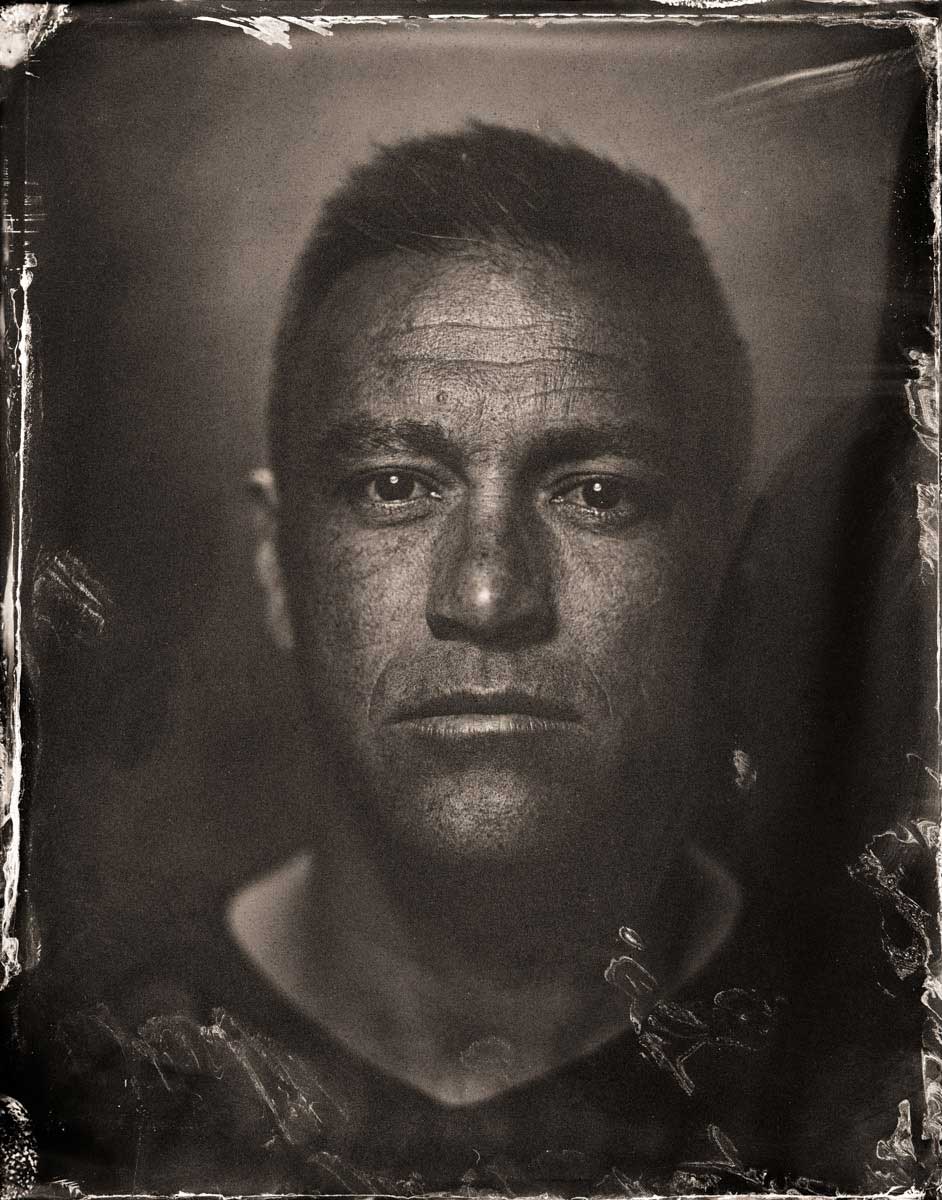
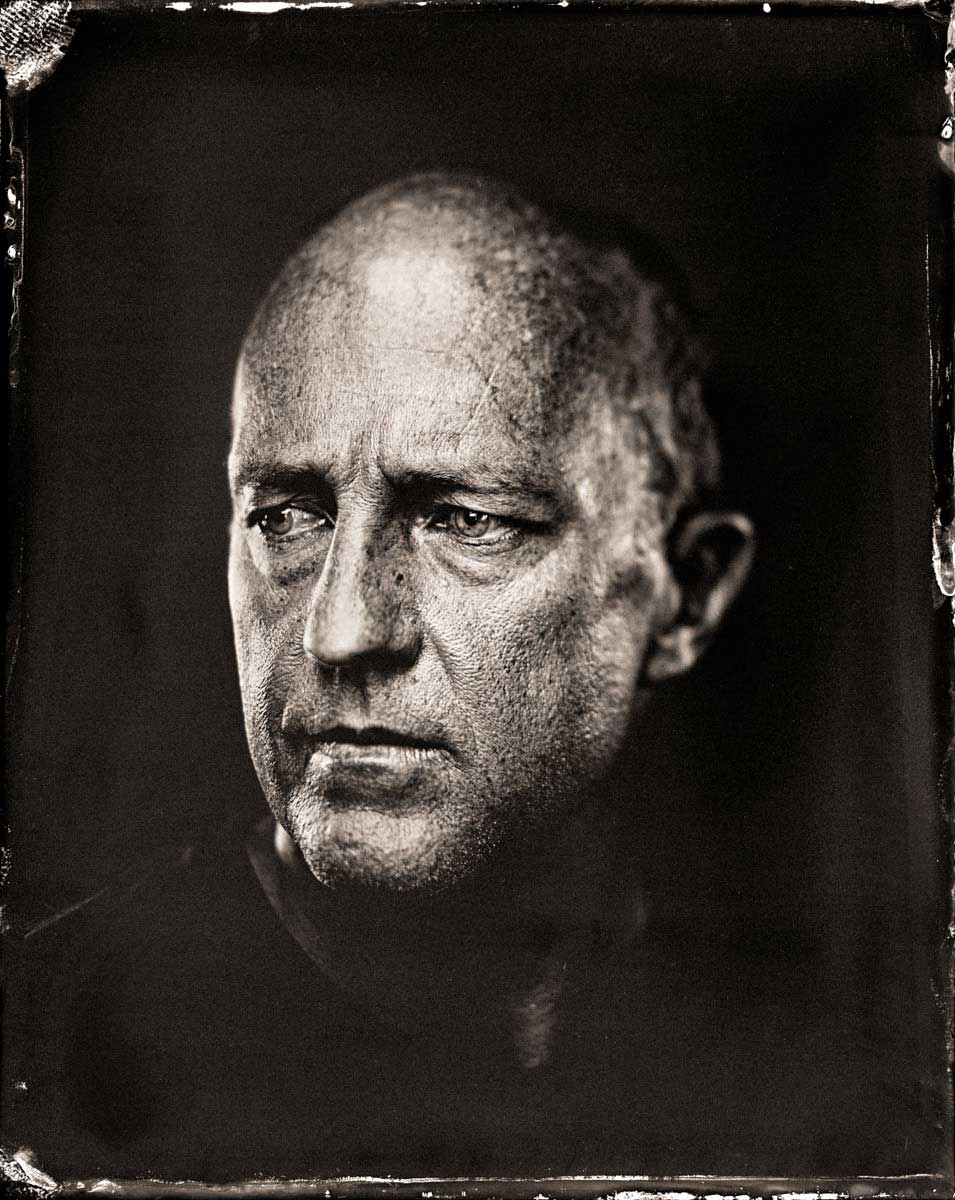
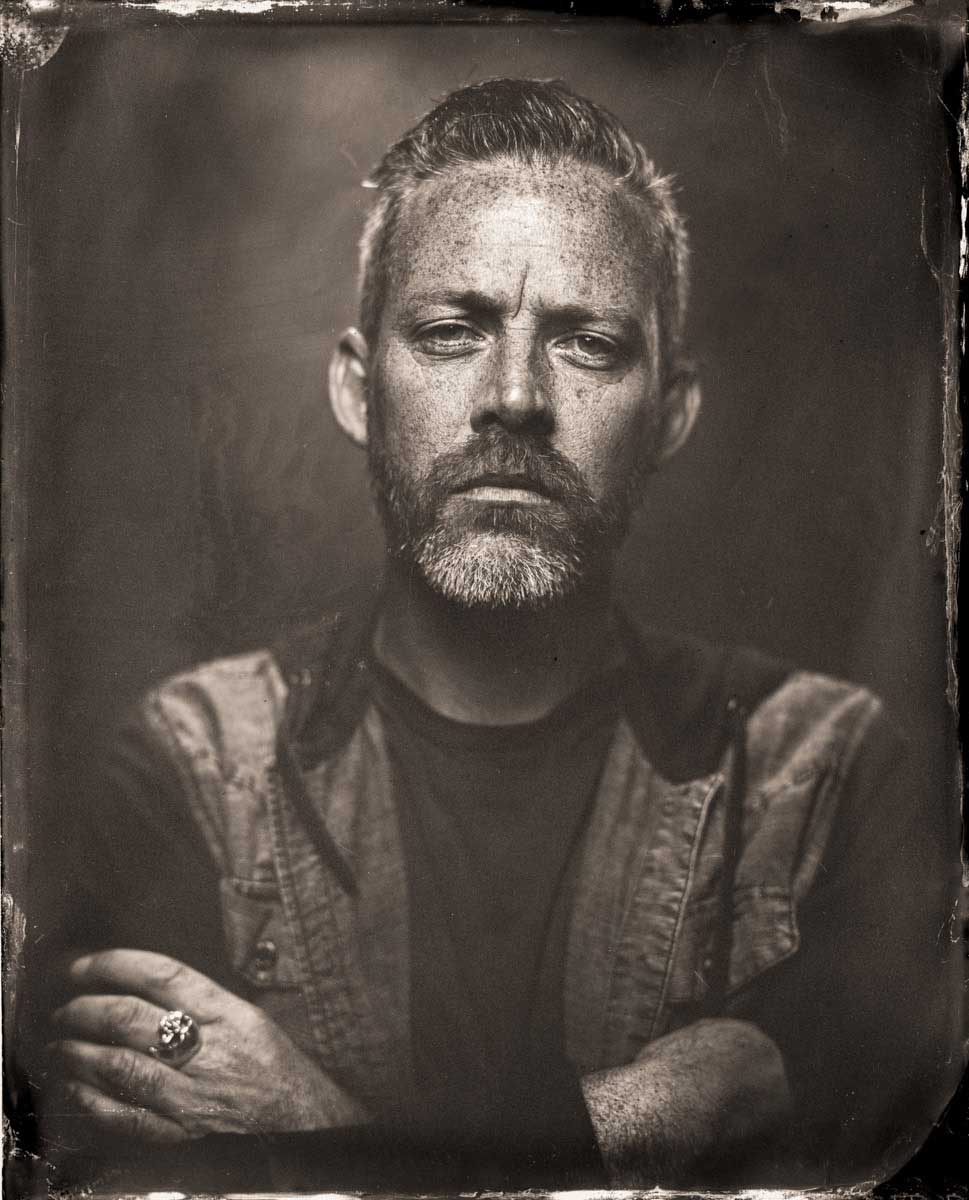
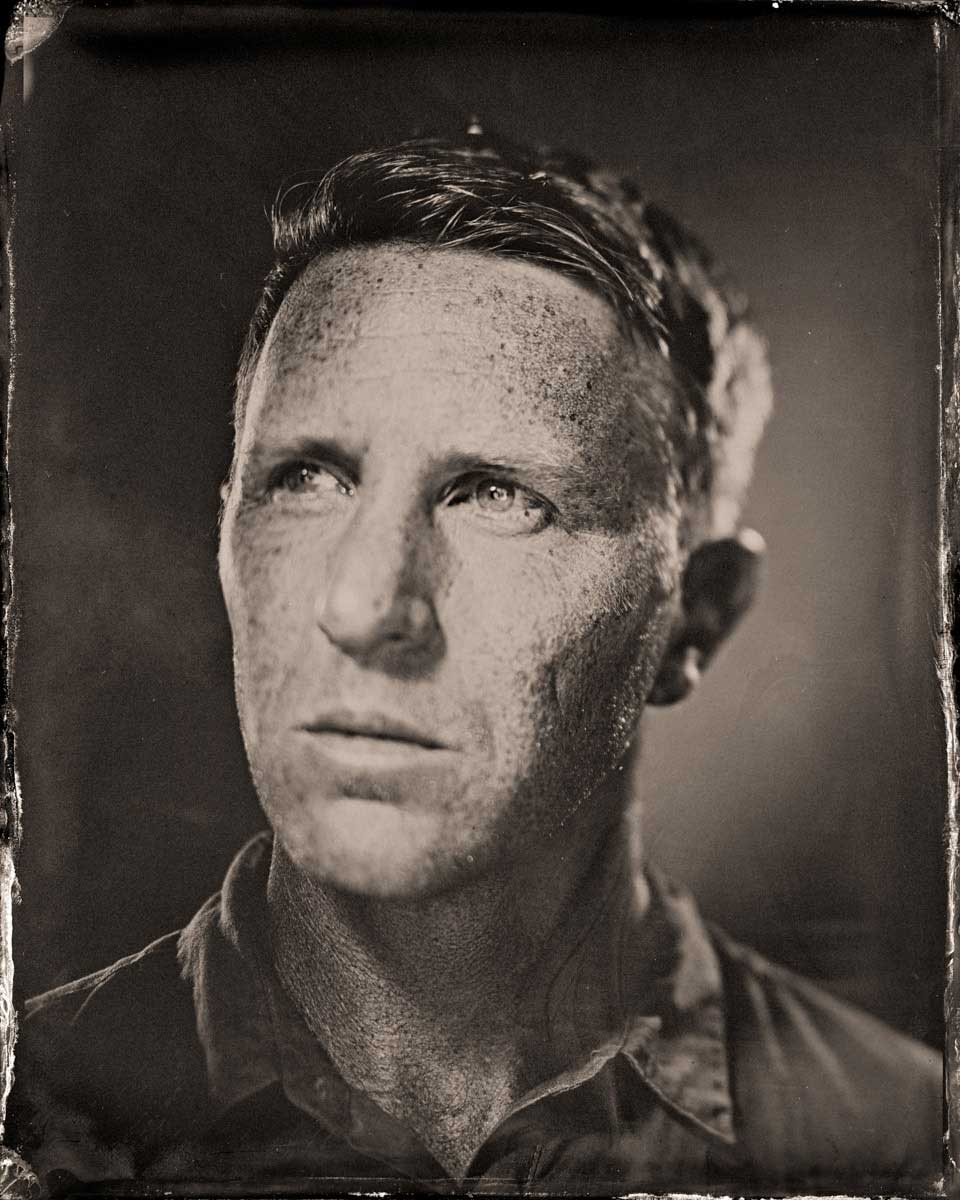
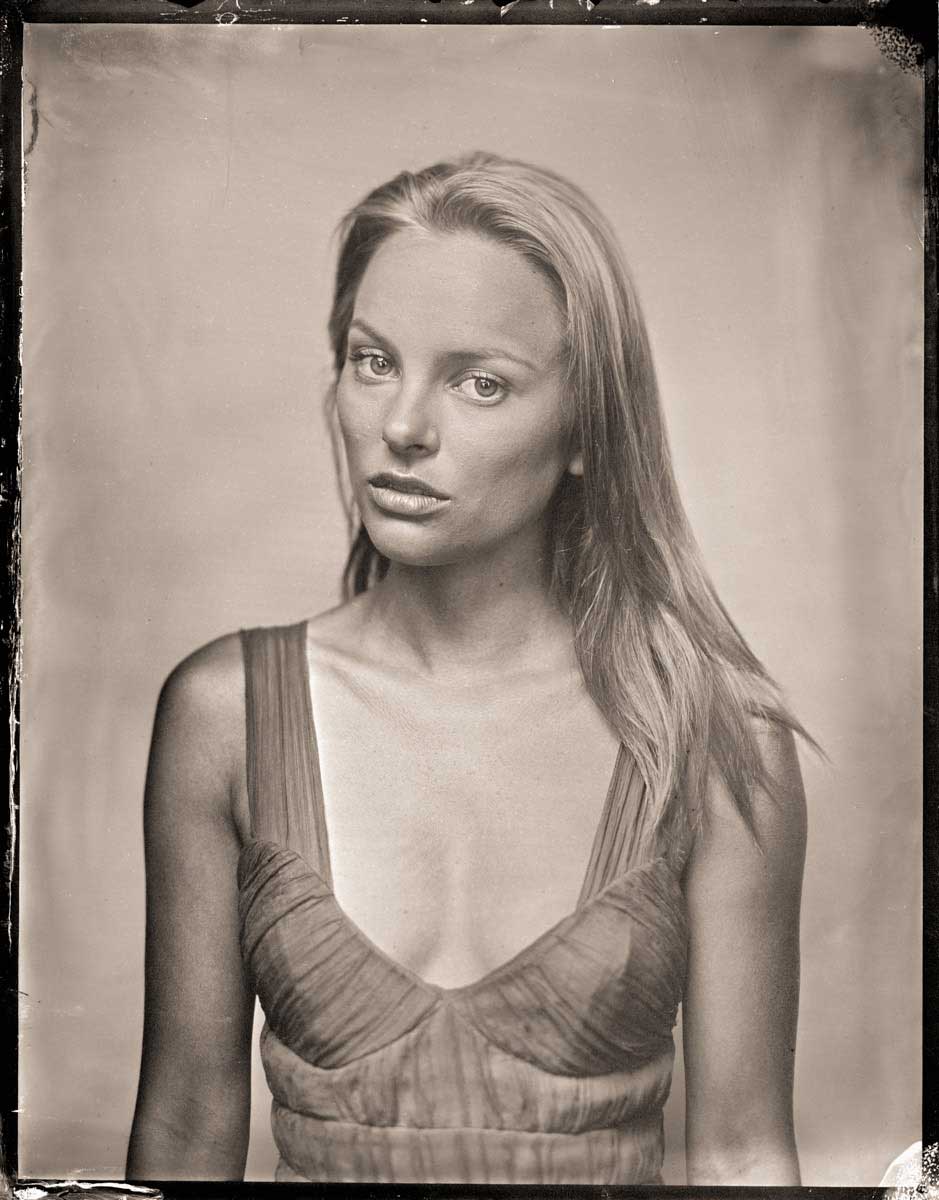






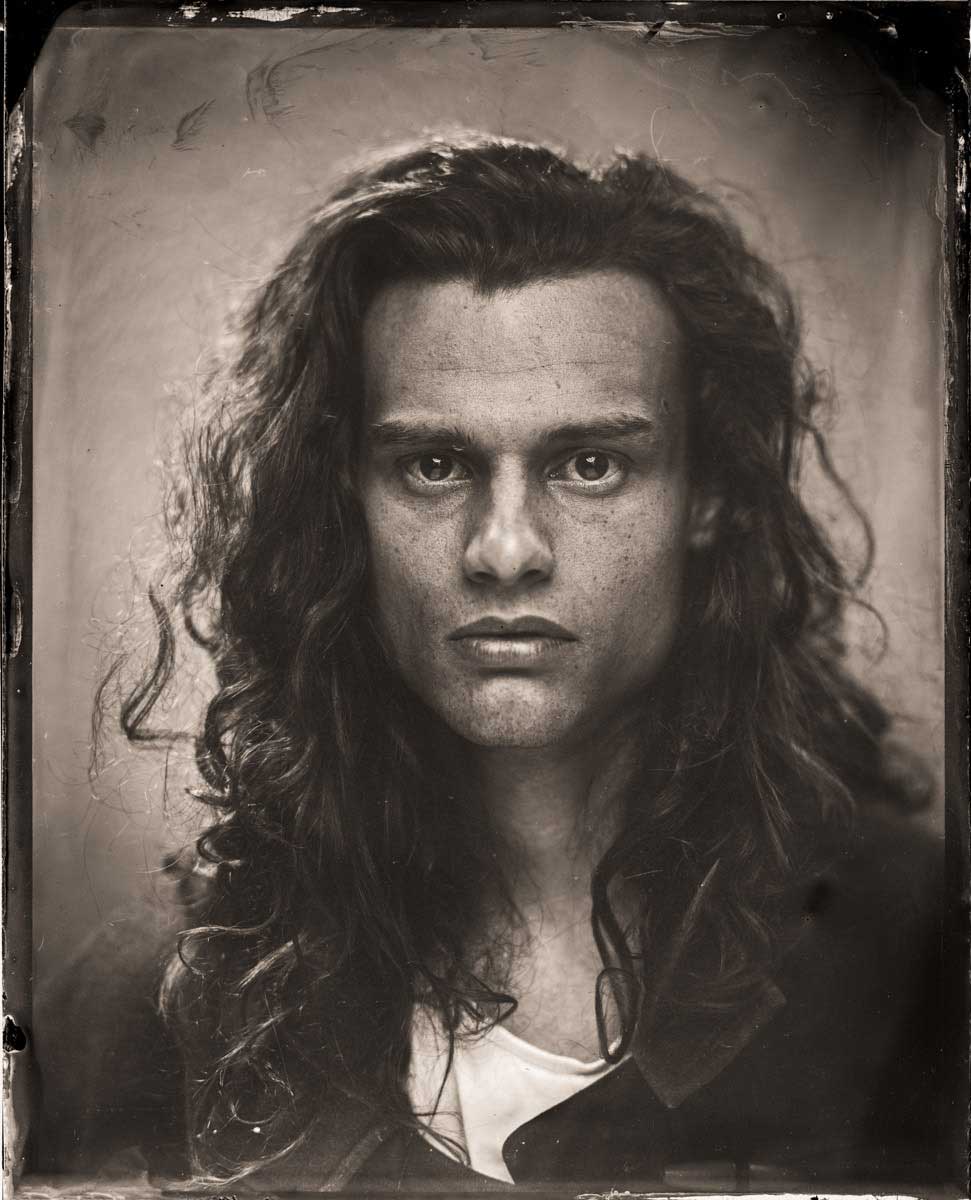
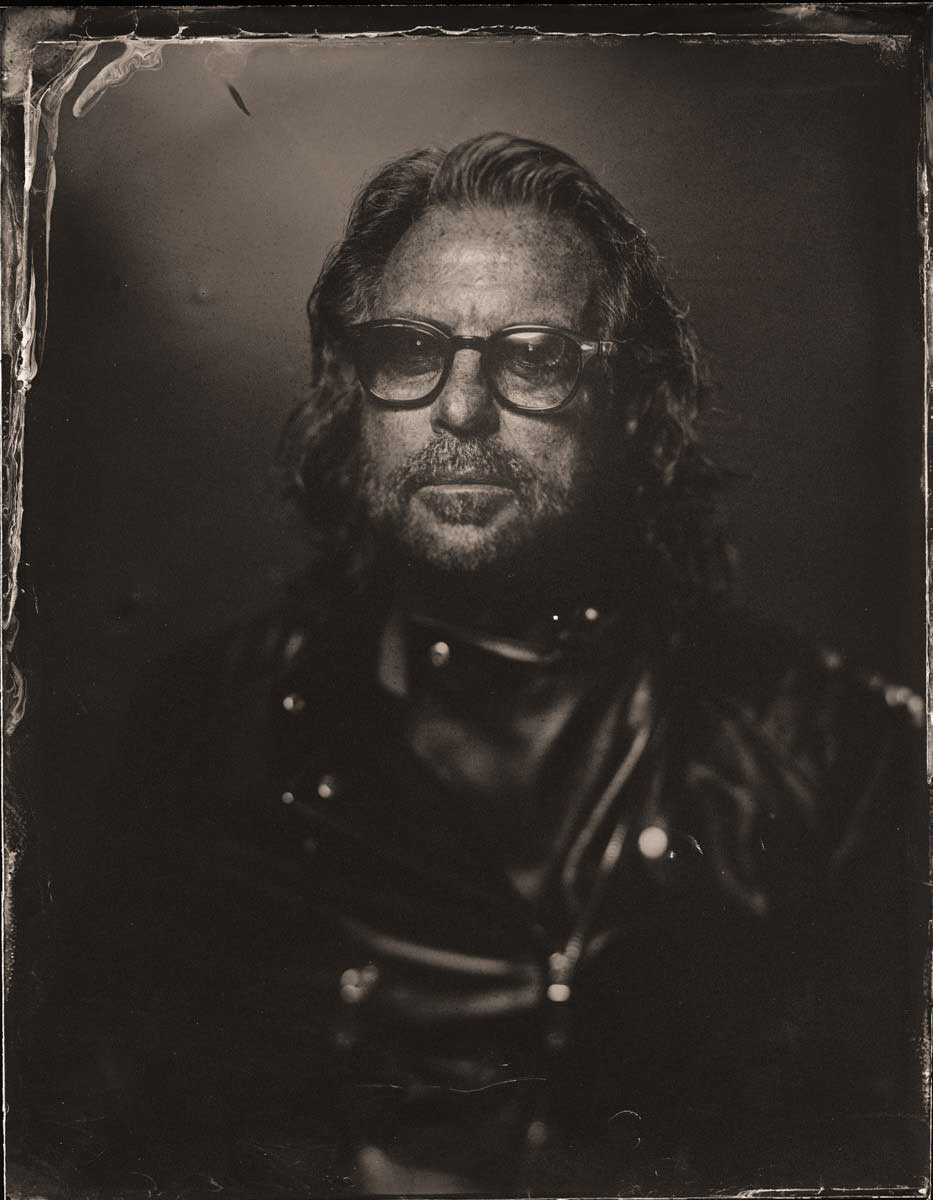
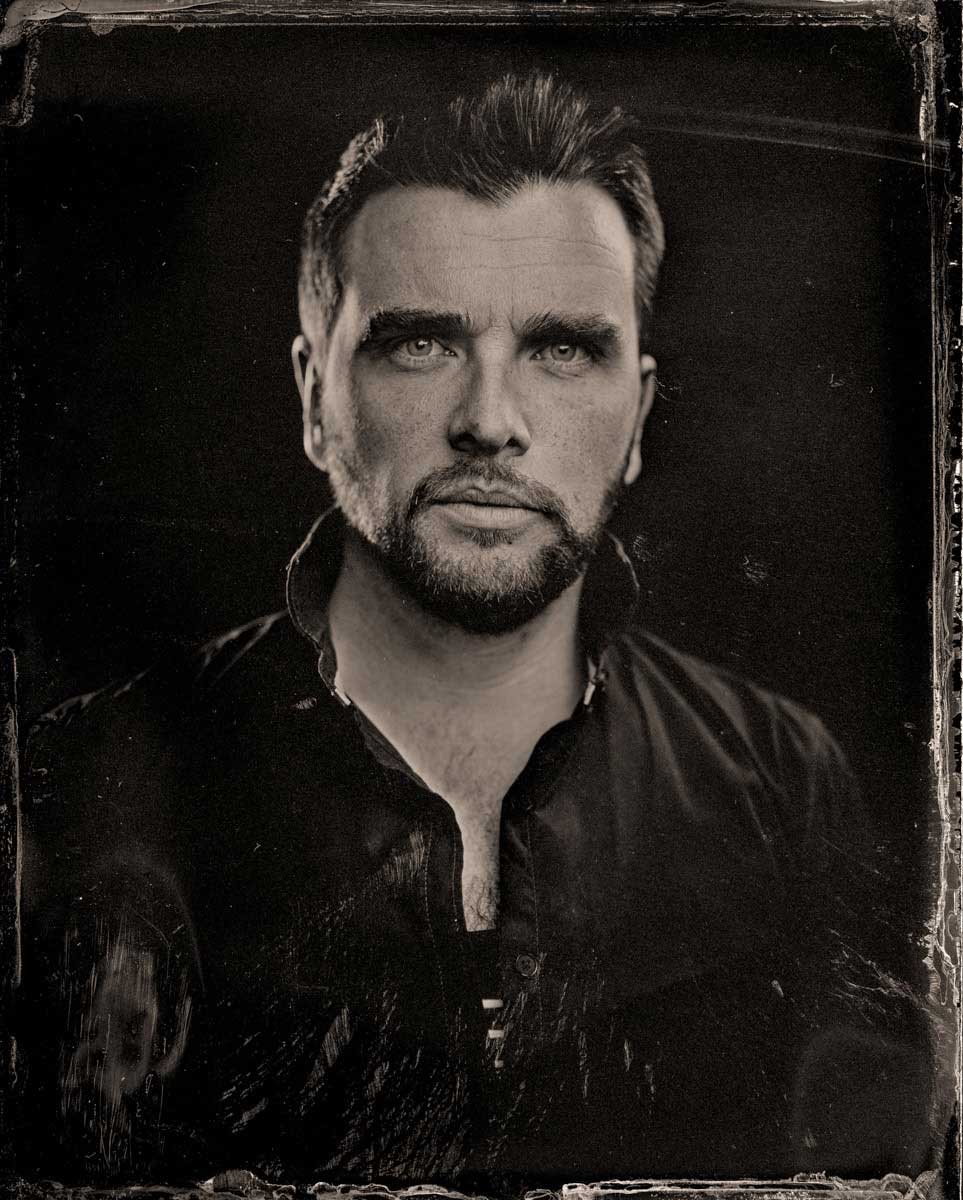
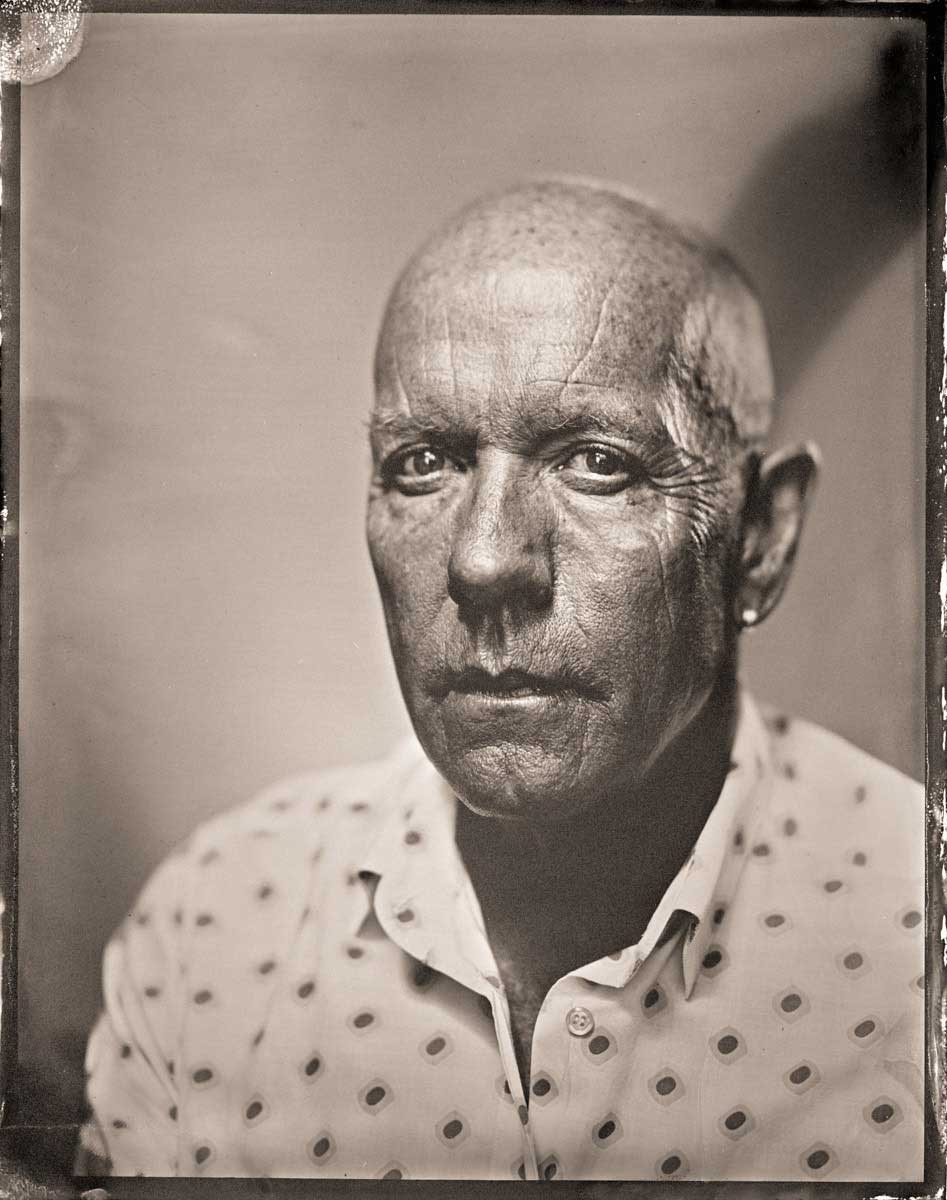
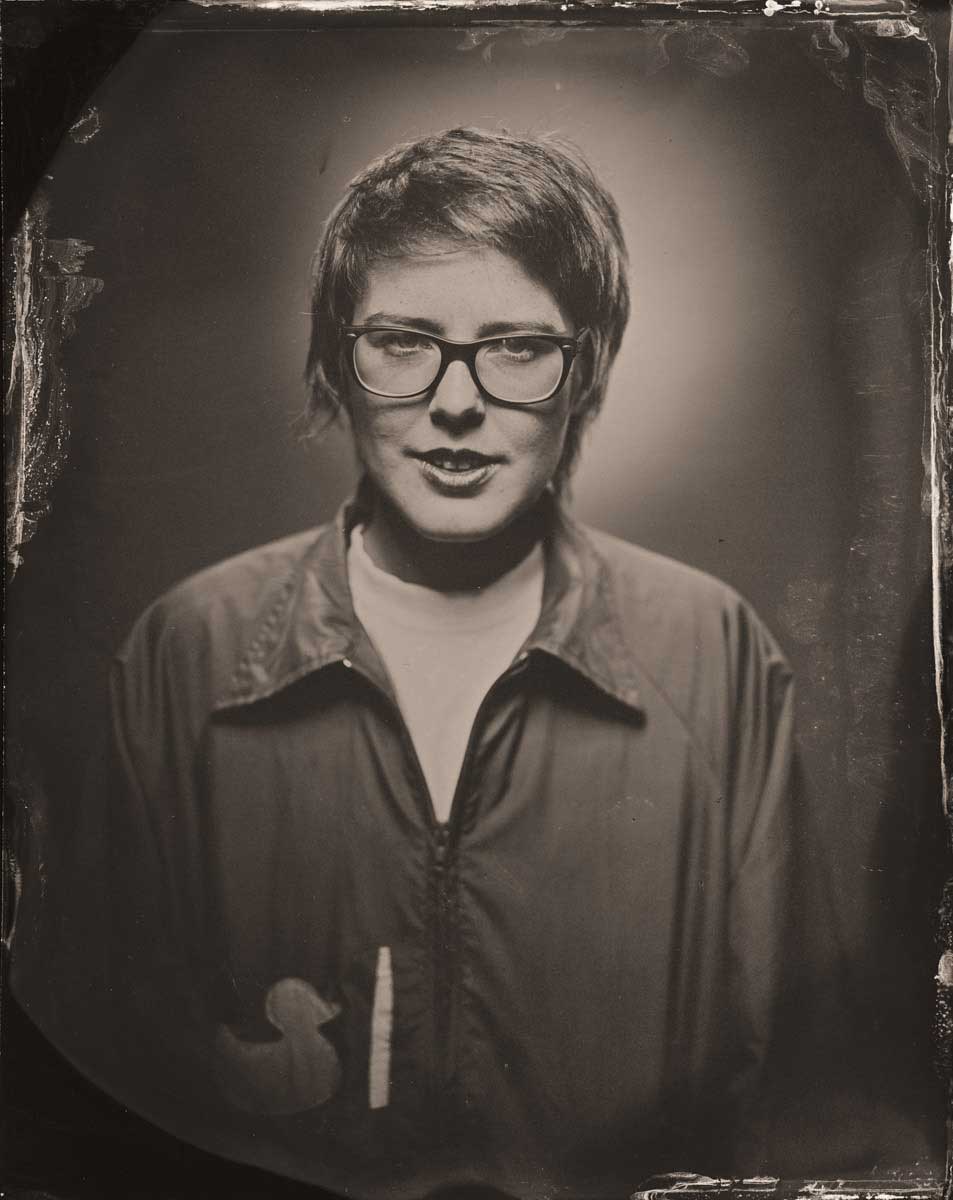
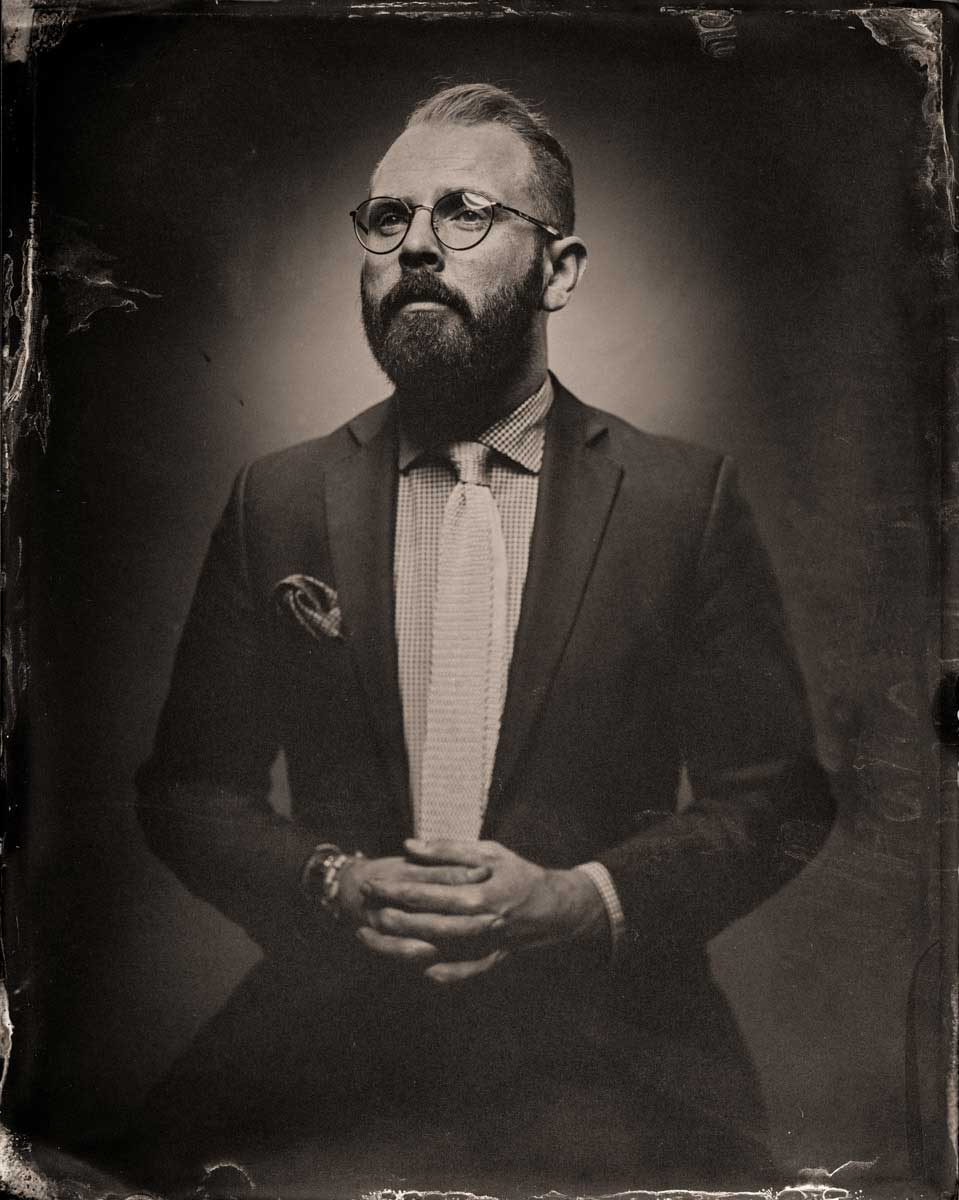
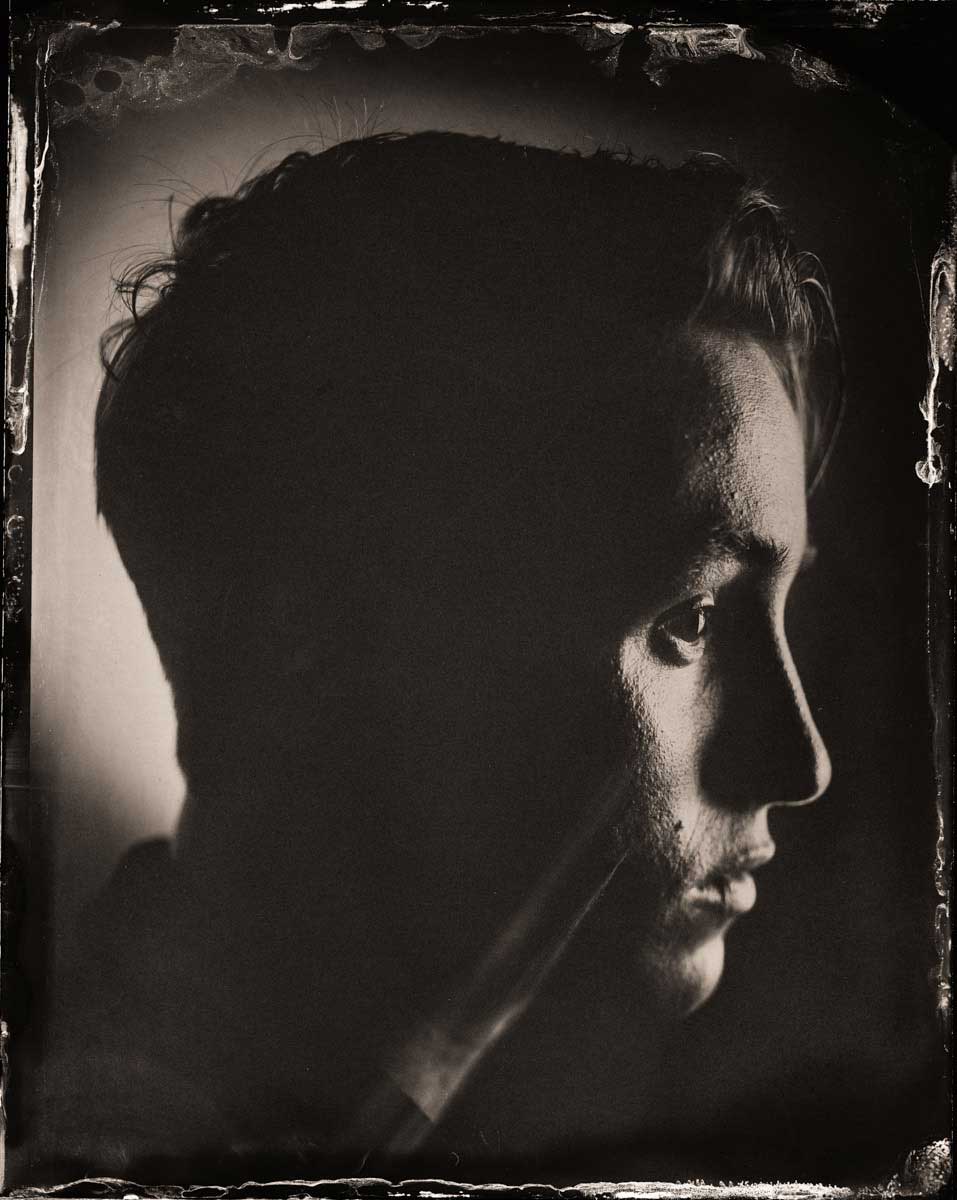
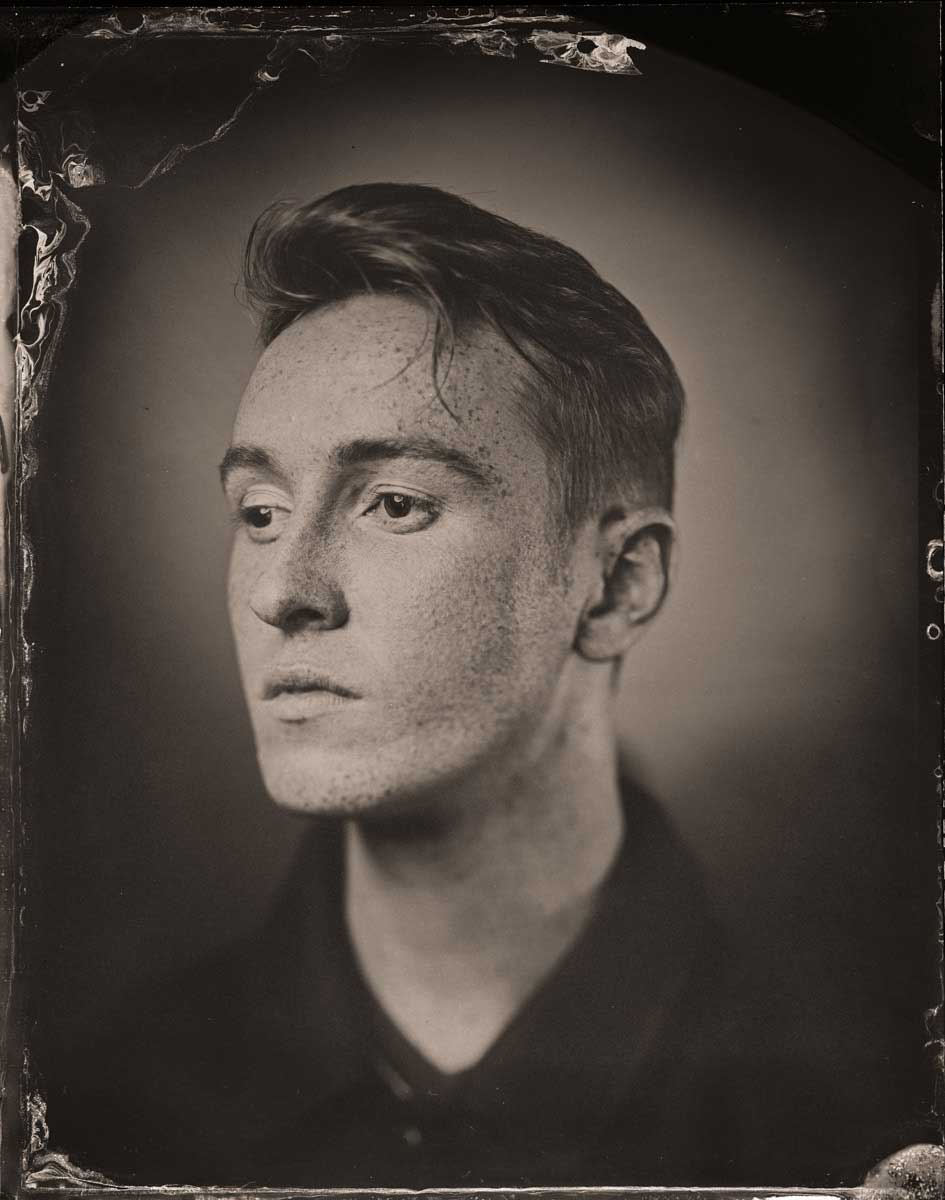
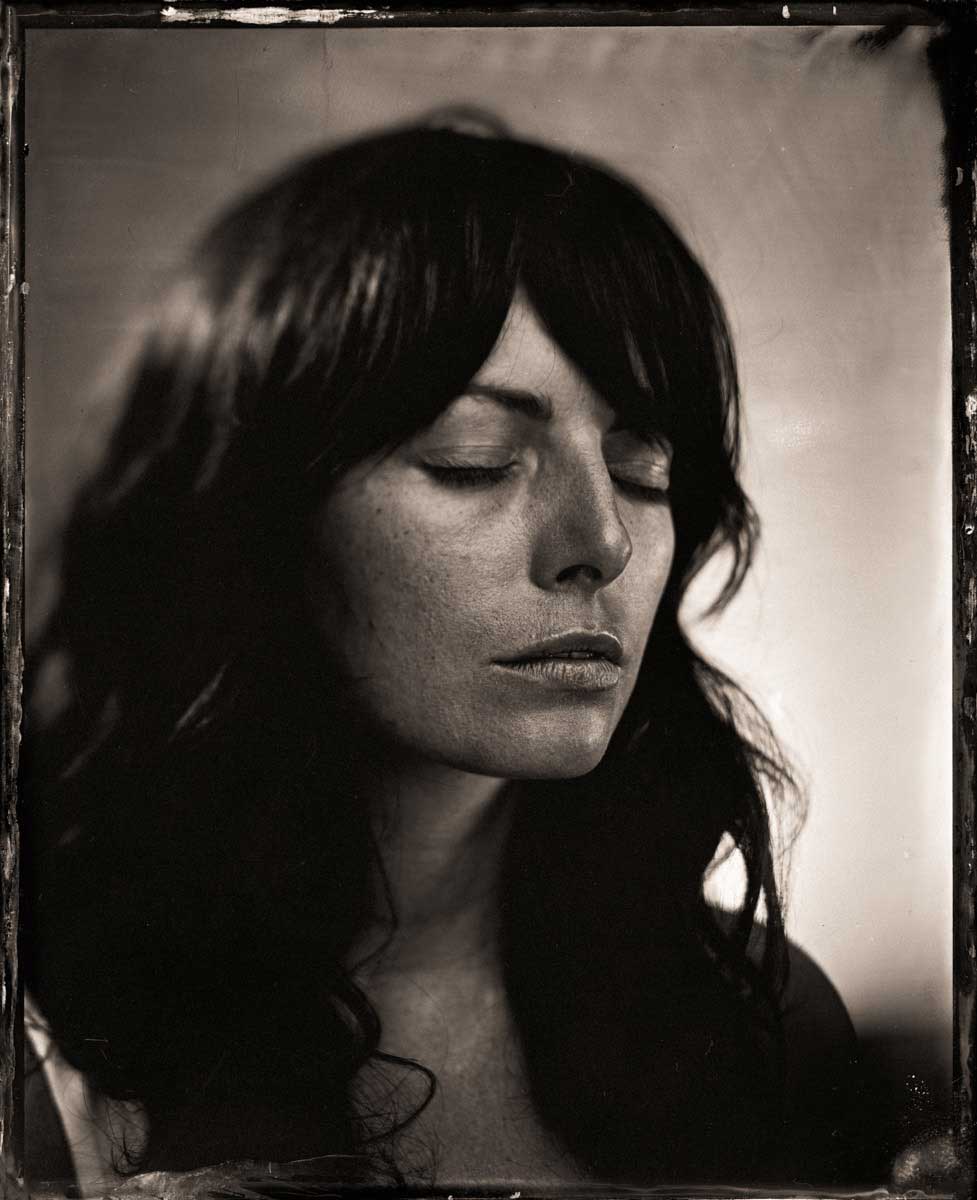

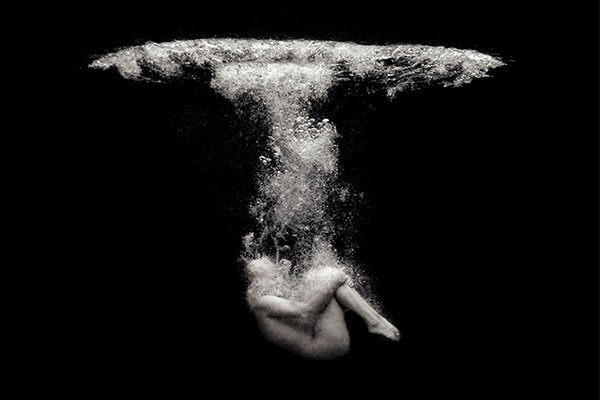
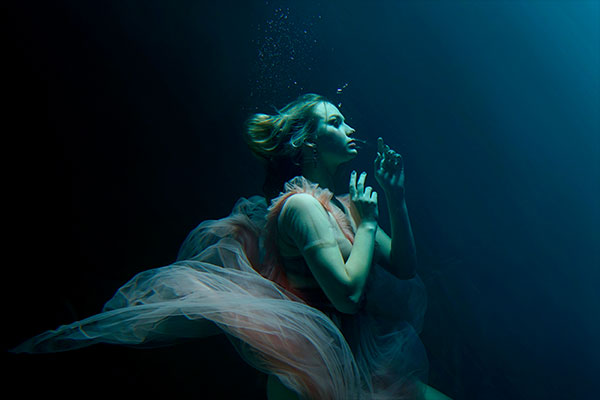
One comment
serge janssens
Apr 9, 2018 at 23:12
La photographie à ce niveau ,ne saurais recevoir que des superlatifs . Bravo Paul et Luke …
Comments are closed.